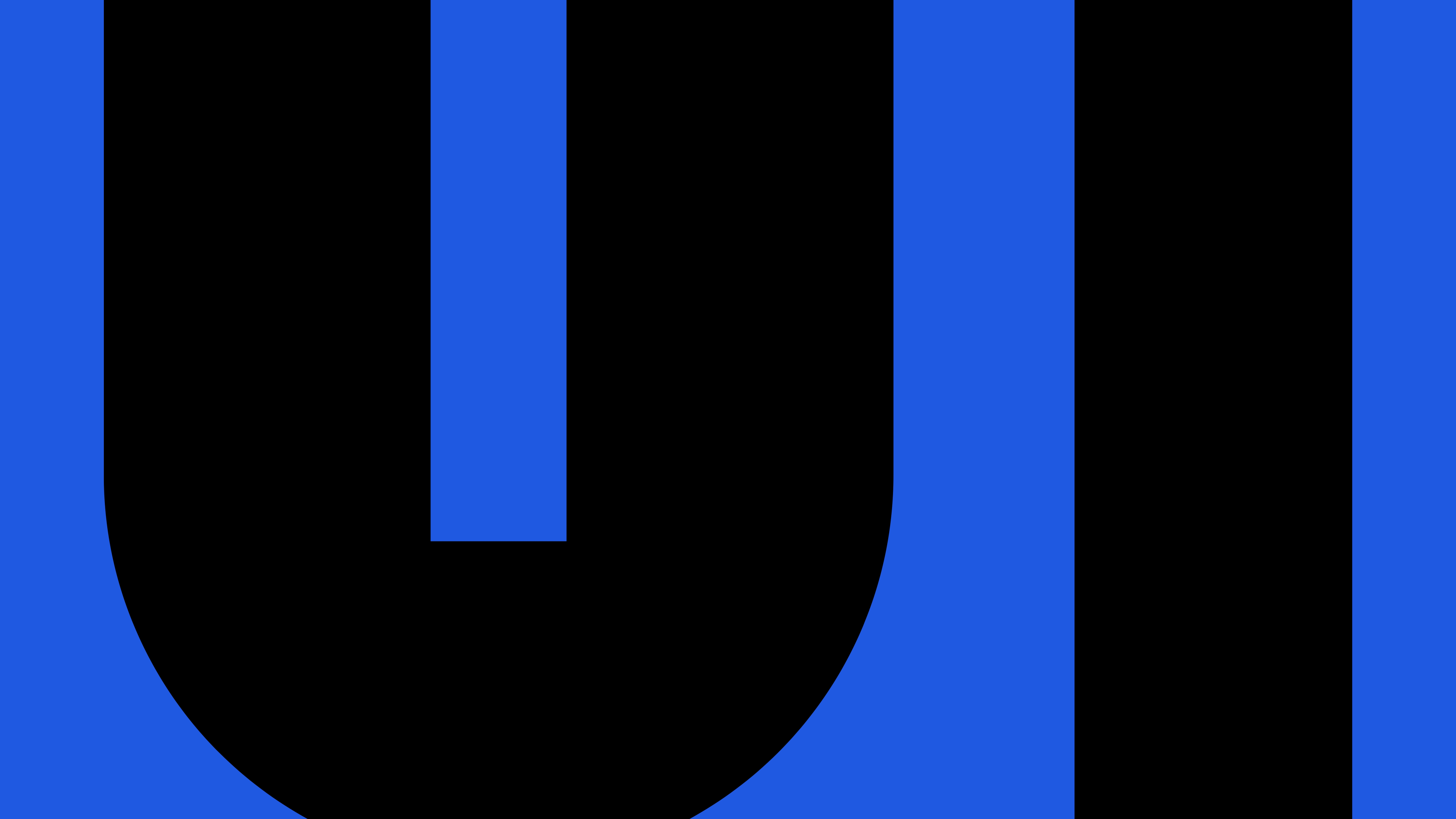LaserTrain does not depend on any external products for its operation found in traditional cleaning methods, such as water, sand, chemicals, and abrasive materials. Operating solely on pure energy, it emits minimal CO2 and eliminates production of by-products, promoting greener rail maintenance.
